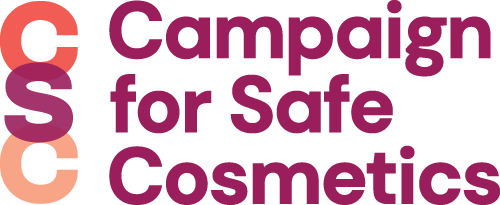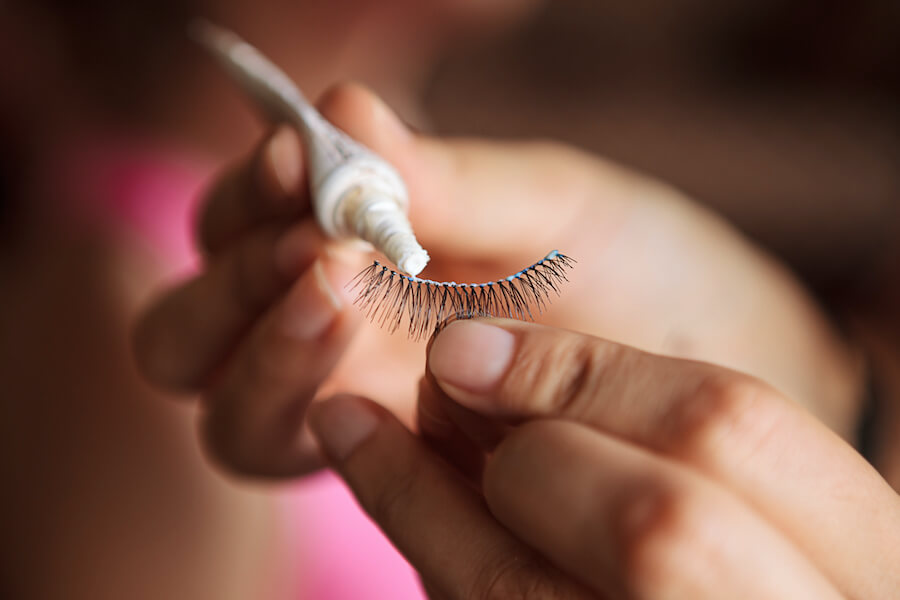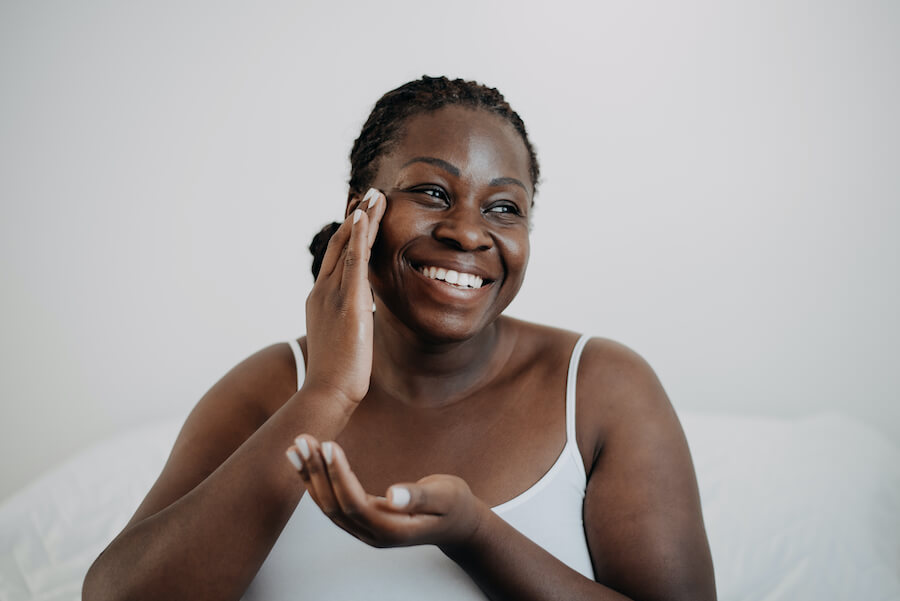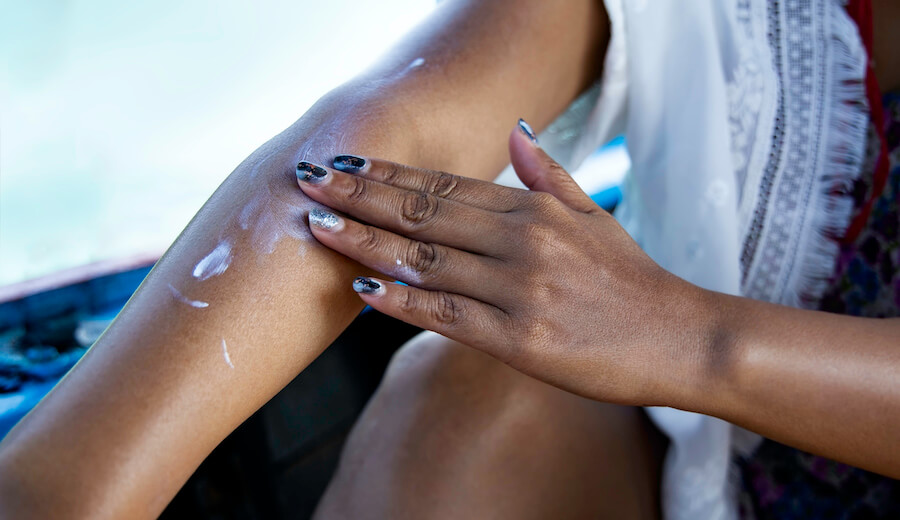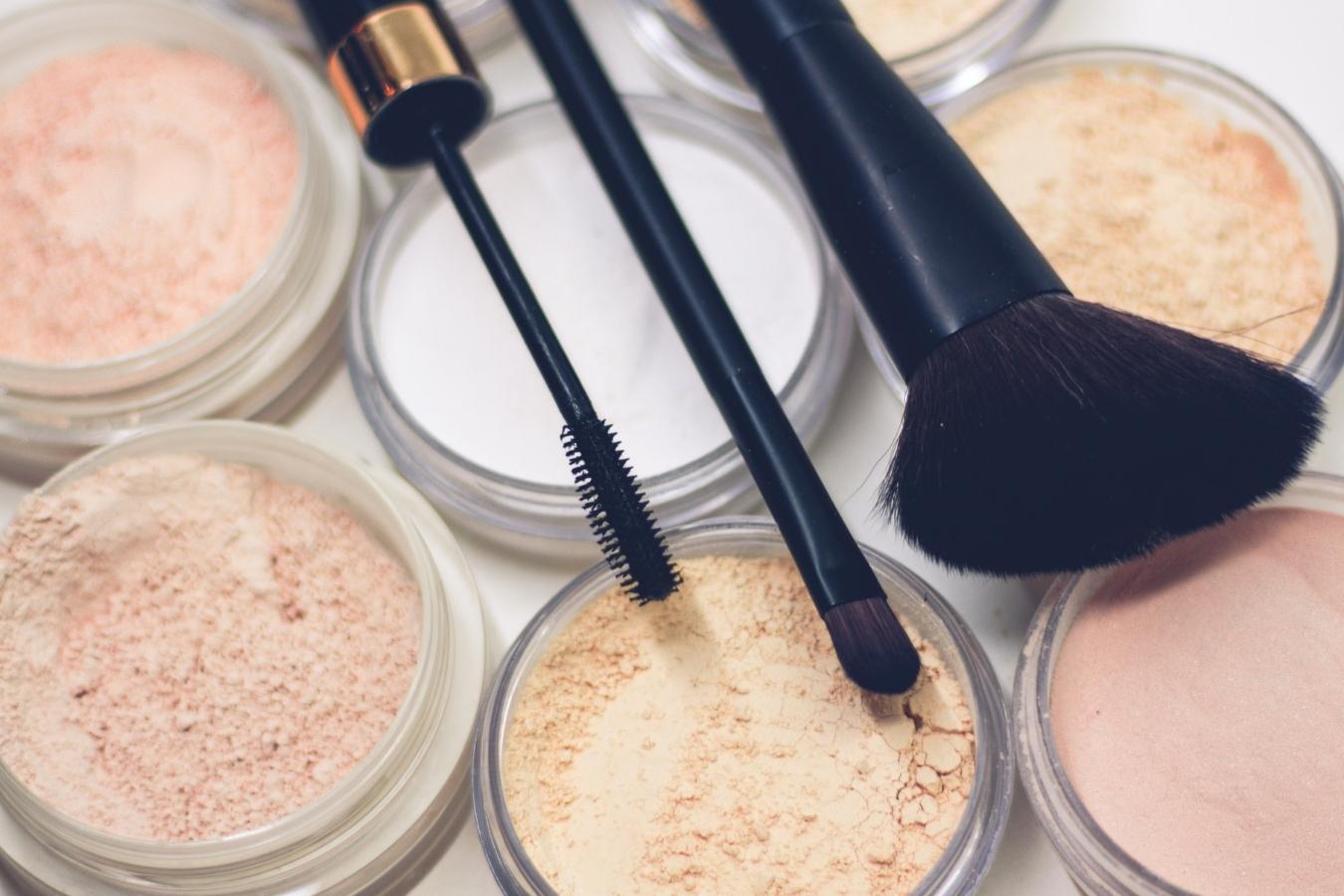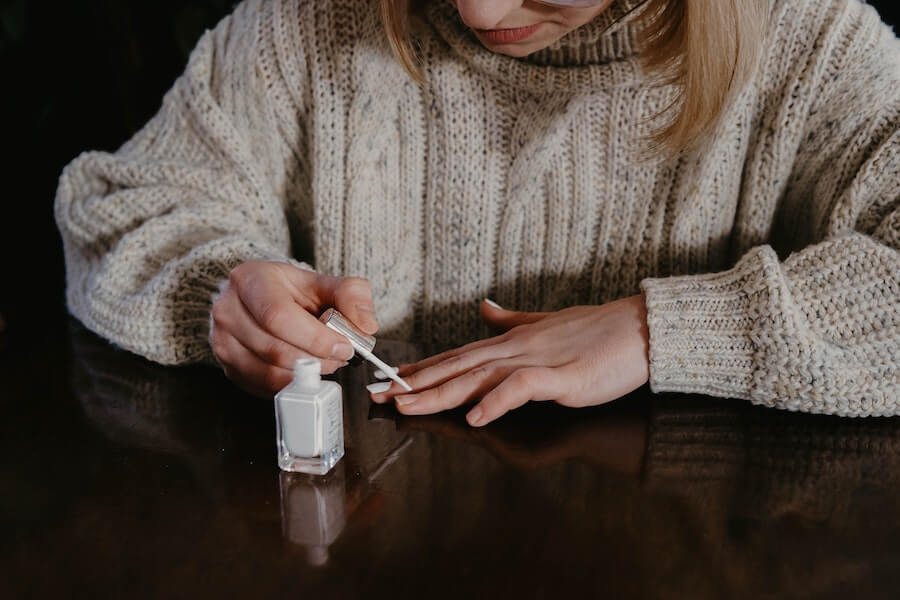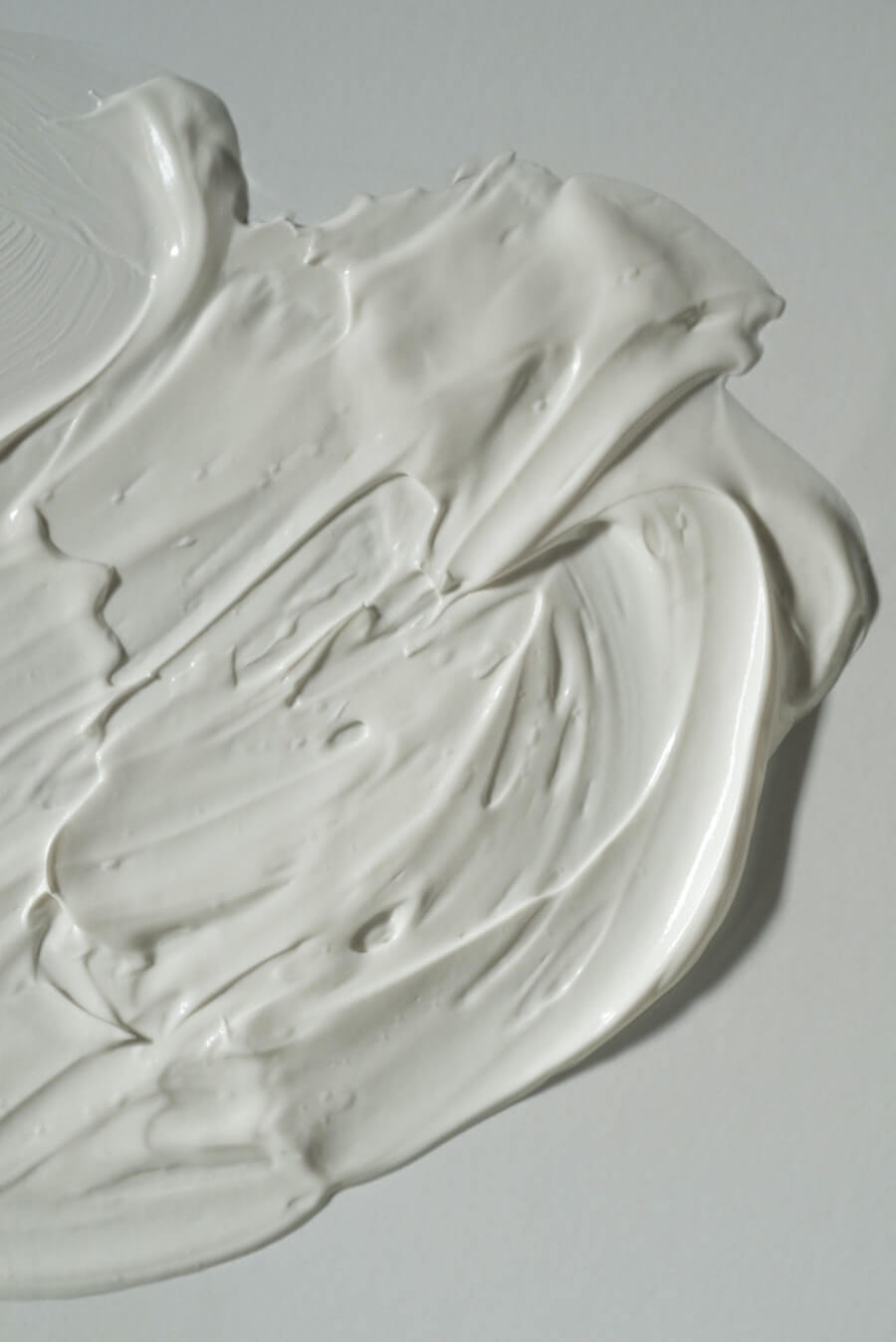[1] Scientific Committee on Cosmetic Products and Non-food Products. Opinion concerning a clarification on the formaldehyde and para-formaldehyde entry in Directive 76/768/EEC on cosmetic products. Opinion: European Commission. 2002. Available Online: https://ec.europa.eu/health/ph_risk/committees/sccp/documents/out187_en.pdf. Accessed April 25, 2022.
[2] Center for Disease Control, Agency for Toxic Substances and Disease Registry https://www.atsdr.cdc.gov/formaldehyde/. Accessed April 25, 2022.
[3] Moennich JN, Hanna DM, Jacob SE (2009). Environmental Exposures-A pediatric perspective on allergic contact dermatitis. Skin & Aging. July 2009:28-36.
[4] Jacob SE, Breithaupt A (2009). Environmental Exposures-A pediatric perspective in baby and cosmetic products. Journal of the Dermatology Nurses’ Association 1:211-214.
[5] Flyvholm MA, Hall BM, Agner T, Tiedemann E, Greenhill P, Vanderveken W, Freeberg FE, Menne T. Threshold for occluded formaldehyde patch test in formaldehyde-sensitive patients. Relationship to repeated open application test with a product containing formaldehyde releaser. Contact Dermatitis. 1997;36(1):26-33.
[6] Jordan WP Jr., Sherman WT, King SE. (2009). Threshold responses in formaldehyde-sensitive subjects. J Am Acad Dermatol. 1979;1(1):44-48. Also confirmed by personal communication between Dr. Sharon Jacob and Stacy Malkan, February 26, 2009.
[7] Lv, C., Hou, J., Xie, W., & Cheng, H. (2015). Investigation on formaldehyde release from preservatives in cosmetics. International journal of cosmetic science.
[8] Becker, L. C., Bergfeld, W. F., Belsito, D. V., Klaassen, C. D., Hill, R., Leibler, D., … & Andersen, F. A. (2010). Final report of the amended safety assessment of quaternium-15 as used in cosmetics. International journal of toxicology, 29(3 suppl), 98S-114S.
[9] Propionate, A., Chloride, B., Urea, D., Black, D., Hydantoin, D. M. D. M., Acetate, E., … & Glycerides, H. T. (2008). Annual Review of Cosmetic Ingredient Safety Assessments. International Journal of Toxicology, 27(1), 77-142.
[10] Imidazolidinyl Urea Available Online: http://www.ewg.org/skindeep/ingredient/703119/IMIDAZOLIDINYL_UREA_%28FORMALDEHYDE_RELEASER%29/. Accessed April 25, 2022.
[11] Imidazolidinyl urea Available Online: https://ntp.niehs.nih.gov/ntp/htdocs/chem_background/exsumpdf/imidazolidinylurea_508.pdf. Accessed April 25, 2022.
[12] Lv, C., Hou, J., Xie, W., & Cheng, H. (2015). Investigation on formaldehyde release from preservatives in cosmetics. International journal of cosmetic science.
[13] Diazolidinyl Urea Available Online: http://www.ewg.org/skindeep/ingredient/701923/DIAZOLIDINYL_UREA_%28FORMALDEHYDE_RELEASER%29/#. Accessed April 25, 2022.
[14] Polyoxymethylene Available Online: http://www.ewg.org/skindeep/ingredient/705083/POLYOXYMETHYLENE_UREA_%28FORMALDEHYDE_RELEASER%29/. Accessed April 25, 2022.
[15] Russell, K., & Jacob, S. E. (2010). Sodium hydroxymethylglycinate. Dermatitis, 21(2), 109-110.
[16] Nitrosamines available online: https://www.cosmeticsinfo.org/hbi/nitrosamines/. Accessed April 25, 2022.
[17] Andersen, F. A. (2000). Amended final report on the safety assessment of Glyoxal. International journal of toxicology, 19, 13-27.
[18] International Agency for Research on Cancer. “IARC classifies formaldehyde as carcinogenic to humans.” Press release. June 15, 2004. Accessed January 9, 2009.
[19] Zhang et al 2009. Meta-analysis of formaldehyde and hematologic cancers in humans. Mutation Research 681: 150-168.
[20] Yoshida, I., & Ibuki, Y. (2014). Formaldehyde-induced histone H3 phosphorylation via JNK and the expression of proto-oncogenes. Mutation Research/Fundamental and Molecular Mechanisms of Mutagenesis, 770, 9-18.
[21] Australian Government Department of Health and Ageing. Priority Existing Chemical Assessment Report No. 28: Formaldehyde. November 2006. Page 68. Available Online: https://www.industrialchemicals.gov.au/sites/default/files/PEC28-Formaldehyde.pdf. Accessed April 25, 2022.
[22] Bartnik FG, Gloxhuber C, Zimmerman V. (1985). Percutaneous absorption of formaldehyde in rats. Toxicol Lett, 25(2):167-172.
[23] Nitrosamines available online: https://www.cosmeticsinfo.org/hbi/nitrosamines/. Accessed April 25, 2022.
[24] Pontén, A., & Bruze, M. (2015). Formaldehyde. Dermatitis, 26(1), 3-6.
[25] Pontén, A., & Bruze, M. (2015). Formaldehyde. Dermatitis, 26(1), 3-6.
[26] Flyvholm MA, Menne T. (1992). Allergic contact dermatitis from formaldehyde. A case study focusing on sources of formaldehyde exposure. Contact Dermatitis, 27(1):27-36.
[27] Boyvat A, Akyol A, Gurgey E (2005). Contact sensitivity to preservatives in Turkey. Contact Dermatitis, 52(6):333-337.
[28] Pratt MD, Belsito DV, DeLeo VA, Fowler JF Jr, Fransway AF, Maibach HI, Marks JG, Mathias CG, Rietschel RL, Sasseville D, Sheretz EF, Storss FJ, Taylor JS, Zug K. (2004). North American Contact Dermatitis Group patch-test results, 2001-2002 study period. Dermatitis, 27(1):27-36.
[29] Australian Government Department of Health and Ageing. Priority Existing Chemical Assessment Report No. 28:Formadehyde. November 2006. Page 193. Available online: https://www.industrialchemicals.gov.au/sites/default/files/PEC28-Formaldehyde.pdf. Accessed April 25, 2022.
[30] Pontén, A., & Bruze, M. (2015). Formaldehyde. Dermatitis, 26(1), 3-6.
[31] Jacob SE and Steele T (2007). Avoid Formaldehyde Allergic Reactions in Children. Pediatric Annals, 36(1):55-56.
[32] Becker, L. C., Bergfeld, W. F., Belsito, D. V., Klaassen, C. D., Hill, R., Leibler, D., … & Andersen, F. A. (2010). Final report of the amended safety assessment of quaternium-15 as used in cosmetics. International journal of toxicology, 29(3 suppl), 98S-114S.
[33] Becker, L. C., Bergfeld, W. F., Belsito, D. V., Klaassen, C. D., Hill, R., Leibler, D., … & Andersen, F. A. (2010). Final report of the amended safety assessment of quaternium-15 as used in cosmetics. International journal of toxicology, 29(3 suppl), 98S-114S.
[34] Andersen, F. A. (2000). Amended final report on the safety assessment of Glyoxal. International journal of toxicology, 19, 13-27.
[35] Russell, K., & Jacob, S. E. (2010). Sodium hydroxymethylglycinate. Dermatitis, 21(2), 109-110.
[36] Russell, K., & Jacob, S. E. (2010). Sodium hydroxymethylglycinate. Dermatitis, 21(2), 109-110.
[37] Scientific Committee on Cosmetic Products and Non-food Products. Opinion concerning a clarification on the formaldehyde and para-formaldehyde entry in Directive 76/768/EEC on cosmetic products. Opinion: European Commission. 2002.
[38] Other uses of formaldehyde have different restrictions in Canada. Canada’s Cosmetic Ingredient Hotlist Available Online: www.hc-sc.gc.ca/cps-spc/person/cosmet/info-ind-prof/_hot-list-critique/hotlist-liste_1-eng.php. Accessed October 16, 2009.
[39] Amparo S and Chisvert A (2007). Analysis of Cosmetic Products. Elsevier. Amsterdam, p. 215.
[40] Becker, L. C., Bergfeld, W. F., Belsito, D. V., Klaassen, C. D., Hill, R., Leibler, D., … & Andersen, F. A. (2010). Final report of the amended safety assessment of quaternium-15 as used in cosmetics. International journal of toxicology, 29(3 suppl), 98S-114S.
[41] Lv, C., Hou, J., Xie, W., & Cheng, H. (2015). Investigation on formaldehyde release from preservatives in cosmetics. International journal of cosmetic science.
